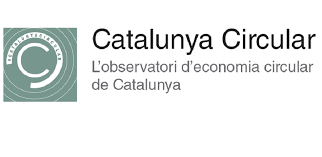Gomà-Camps is a company dedicated to the manufacture and marketing of different types of tissue paper, made from virgin cellulose and recycled paper collected selectively. The tissue paper manufacturing process consists of a mechanical disintegration of the paper in water (pulping), purification and washing (separation of contaminants from the pulp), deinking, refining (modifying the morphology of the paper fibers) and manufacturing of paper sheet (paper machine). In all the operations of the process, wastewater is generated and sent to the company's wastewater treatment plant, which consists of a physical-chemical and a biological stage, where waste from sewage sludge is produced.
The analysis of these sludges reveals a calorific value of 1300 Kcal/ Kg, a humidity loss at 105ºC of 47% and a content of 29% of calcium carbonate (CaCO3). It is necessary to take into account the percentage of organic matter. In a typical analysis of a paper waste sludge, the 66% of weight represents organic matter and the 34% inorganic matter, and in this case a large part of the sludge comes from of physicochemical decantation.
A part of this waste is managed by authorized managers, who introduce the sludge in the composting process, and another part is managed as a by-product in the bricks manufacture in the construction sector.
The manufacture of bricks begins with the classification of the clays and the mixture of these with lignite, this is where the paper sludge is added (3-5%). The organic part of these sludge will provide porosity to the new material and the inorganic part will give the density necessary for the manufacture of the brick. This mixture (clay, lignite and wastepaper sludge) is crushed and introduced into mills that transform it into the powder. Water is added to obtain a mud that is sent to the extruder and brick molds. These bricks (still uncooked) are dried before entering into an oven that is slightly heated until it reaches 900ºC. The bricks are left to cool down to be ready for shipment.
The management of waste paper sludge as a by-product offers on one hand, for the receiver, the advantage of reducing the raw material costs by replacing a part of the secondary fuel (lignite) and replacing a part of raw material (between 3 and 5% of clay replaced by sludge from paper). On the other hand, for the producer, it supposes an important cost saving of waste treatment and a reduction of the document management of waste (it is not necessary the acceptance form nor an authorized transporter).







